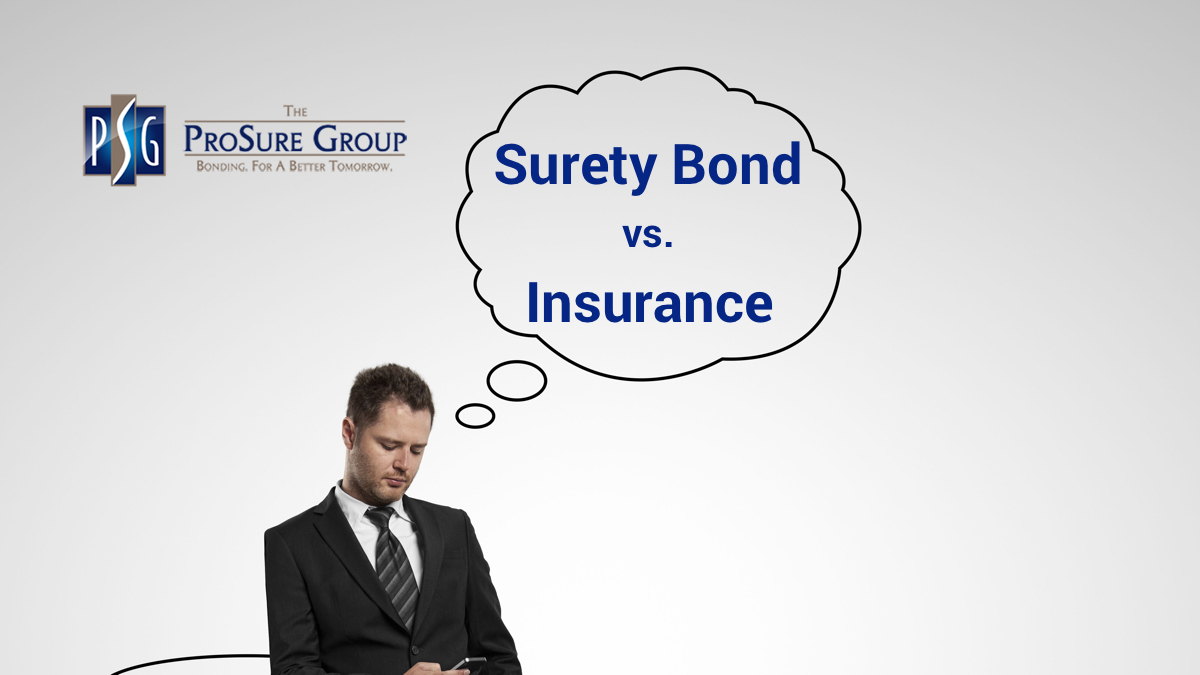Running a successful business requires careful planning, organization, and attention to detail. As a business owner, one of your top priorities should be protecting your company and its assets. When it comes to hiring contractors for your projects, ensuring that they have the right insurance coverage is of utmost importance. Contractor insurance not only safeguards your business from potential financial risks but also provides a sense of security and peace of mind.
One crucial type of contractor insurance is workers’ compensation insurance. This coverage is designed to protect both your business and your workers in the event of an on-the-job injury. Accidents can happen in any line of work, and having workers’ comp insurance in place ensures that your contractors receive the necessary medical care and compensation for lost wages, while shielding your business from potential lawsuits.
Another vital aspect of contractor insurance is home insurance. When contractors work on residential projects, they need to have the appropriate insurance coverage to protect against any damages that may occur. Home insurance provides valuable protection for both the homeowner and the contractor, covering any accidental property damage during the construction or renovation process. By ensuring that all contractors have adequate home insurance, you can minimize the financial burden and potential legal complications that may arise from unforeseen accidents or mishaps.
Moreover, general liability insurance is an essential component of contractor insurance. This coverage protects contractors from the financial consequences of accidents that may cause bodily injury or property damage to third parties. Whether it’s an accident on a job site or a claim resulting from faulty workmanship, general liability insurance provides crucial protection for both the contractor and the client.
In conclusion, contractor insurance plays a vital role in protecting your business and ensuring its success. With workers’ compensation insurance, home insurance, and general liability insurance, you can safeguard your company, contractors, and clients from potential financial risks and legal complications. By prioritizing contractor insurance, you are taking proactive steps to mitigate potential liabilities and create a secure working environment for everyone involved in your projects.
Understanding Workers Comp Insurance
Workers Comp Insurance is an essential aspect of protecting your business and its employees. This type of insurance coverage provides financial assistance in case any worker sustains injuries or illnesses while on the job. Accidents can happen, and having Workers Comp Insurance ensures that your employees receive the necessary medical treatment and compensation for lost wages during their recovery.
Workers Comp Insurance safeguards both employers and employees by shifting the financial burden away from the business owner in the event of an accident or injury. If an employee is injured while working, this insurance policy covers the associated medical expenses, rehabilitation costs, and any lost wages. The aim is to provide support and resources to the employee, helping them bounce back from their injury and get back to work as soon as possible.
Furthermore, Workers Comp Insurance also protects employers from potential lawsuits filed by injured workers. By having this insurance coverage, business owners can minimize legal risks and any financial responsibilities that may arise due to workplace accidents or injuries. In turn, this enables businesses to maintain stability and focus on their core operations without worrying about substantial legal fees or settlements.
In conclusion, Workers Comp Insurance is a crucial aspect of any business, no matter the industry or size. It not only provides support for injured employees but also shields employers from unnecessary legal complications. By investing in Workers Comp Insurance, you are demonstrating your commitment to the well-being of your workforce and ensuring the continuity of your business operations.
The Need for Home Insurance and General Liability Insurance
Home insurance and general liability insurance are crucial aspects of contractor insurance. They offer essential coverage to protect your business in different scenarios.
Home insurance is essential for contractors who operate their business from a home office or use their home as a base of operations. It provides coverage for your home and its contents, protecting you from potential risks like fire, theft, or natural disasters. Having home insurance ensures that your business assets are safeguarded, creating peace of mind for you and your clients.
On the other hand, general liability insurance is designed to protect contractors against financial loss resulting from bodily injury or property damage claims. This type of insurance covers a broad range of risks that can occur while performing your duties as a contractor. Whether it’s accidental damage to a client’s property or a third-party injury at a worksite, general liability insurance will provide the necessary coverage, minimizing the impact on your business.
By having both home insurance and general liability insurance, contractors can establish a comprehensive safety net for their business. These insurance coverages work together to mitigate potential risks and ensure that any unforeseen incidents do not derail your operations or reputation.
Remember, investing in the right insurance policies is not only a wise financial decision but also a vital step in protecting your business from potential liabilities. Don’t overlook the importance of home insurance and general liability insurance when considering your overall contractor insurance strategy.
Contractor Insurance: Protecting Your Business

As a business owner, it is crucial to understand the importance of contractor insurance in protecting your livelihood. Operating a successful contracting business involves various risks that could potentially harm your valuable assets. By securing the right insurance coverage, you can safeguard your business against unforeseen events and potential liabilities.
One vital type of contractor insurance is workers’ compensation insurance. This insurance provides coverage for medical expenses and lost wages in the event that one of your workers is injured on the job. It not only protects your employees but also shields your business from potential lawsuits and financial burdens that may arise from workplace accidents. Having workers’ compensation insurance demonstrates your commitment to the well-being of your team and ensures that your business can recover smoothly from any unforeseen incidents.
Another essential aspect of contractor insurance is home insurance. Whether you operate your contracting business from a commercial space or your home office, having proper home insurance is key. A comprehensive home insurance policy not only protects your physical property but also covers you in case of any damages or losses resulting from accidents or natural disasters. It provides you with peace of mind, knowing that your business assets are protected, regardless of where you conduct your operations.
Furthermore, general liability insurance is a crucial component of contractor insurance. This type of insurance protects your business from third-party claims arising from bodily injuries or property damage caused by your operations. Whether it is damage to a client’s property or an accident involving a passerby at a job site, general liability insurance ensures that your business doesn’t suffer financial setbacks due to unforeseen circumstances. Having this coverage allows you to focus on delivering quality work while mitigating the risks associated with third-party claims.
In conclusion, contractor insurance is a vital investment for protecting your business. From workers’ compensation insurance to home insurance and general liability insurance, each type serves a specific purpose in safeguarding your assets, employees, and reputation. By securing comprehensive insurance coverage, you can focus on growing your contracting business with confidence, knowing that you are prepared for any challenges that may come your way.







